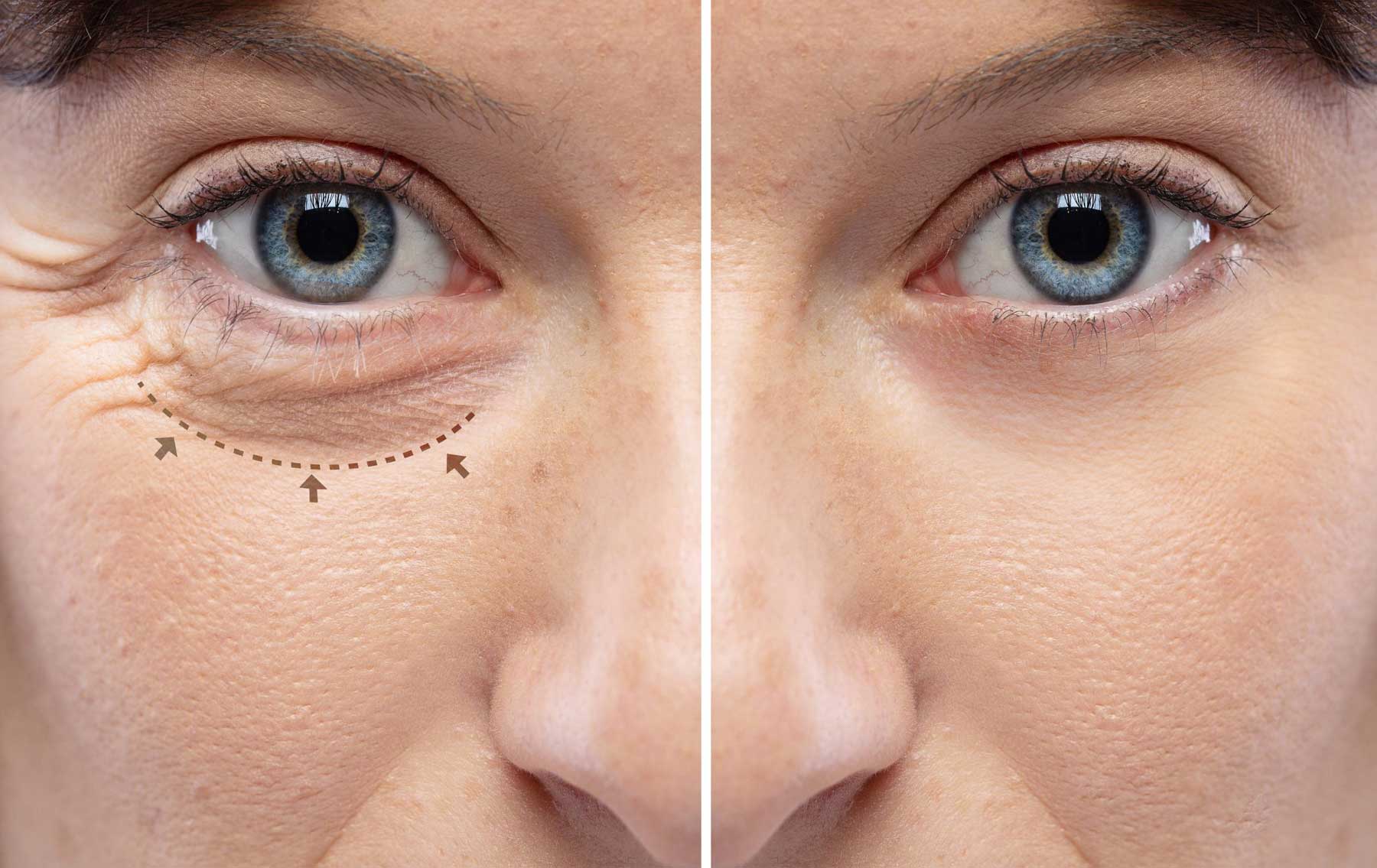What is Breast Enlargement Breast enlargement, medically known as augmentation mammoplasty, increases the size of…


Facelift
Plastic surgeons perform facelifts to restore a more youthful appearance to the face and neck by elevating the facial skin and removing excess tissue. A facelift can eliminate deep lines that run from the corner of the nose to the corner of the mouth, get rid of jowls at the jawline, and remove loose skin and fat from the neck. Features such as sagging eyebrows and eyelids or wrinkles around the mouth cannot be corrected by a facelift, but additional surgery to resolve these problems can be performed at the same time as or after a facelift. Most people who have a facelift are between ages 40 and 70, but older people can also be good candidates.
The Procedure
A facelift is usually an outpatient procedure that takes several hours. During the surgery, the surgeon makes incisions above the hairline (where they can be concealed) starting at the temples and extending down in front of and behind the ear to the lower scalp. The surgeon may also make a tiny incision under the chin to access the tissue in the neck. The surgeon first separates the skin from the underlying fat and muscle. If necessary, he or she may trim or suction fat from the neck and chin. Then the surgeon tightens the muscles and deeper connective tissues, draws the skin back tight, and trims off the excess skin. The incisions are closed with stitches. Tubes may be placed under the skin behind the ears to drain collected blood and fluid. The surgeon may also cover the person’s head in loose bandages to minimize swelling; the bandages are removed in 1 to 5 days.

After Surgery
A facelift produces little pain or discomfort. After you go home, keep your head elevated to minimize swelling. You can be up and about in a couple of days, but you should not return to work for 10 days to 2 weeks. It may be 2 to 6 weeks before you can engage in strenuous activity. Bruising, stiffness, and puffiness are normal during the first few weeks, and your face may feel tight. The stitches are taken out after about 5 days.
The most common risks of facelift surgery are bleeding, infection, and facial scarring. Some people also experience unwanted hairline changes or feel that the new appearance of their face lacks symmetry. Occasionally, some of the nerves that serve muscles in the face are injured during surgery, resulting in numbness or weakness, which is usually temporary.



